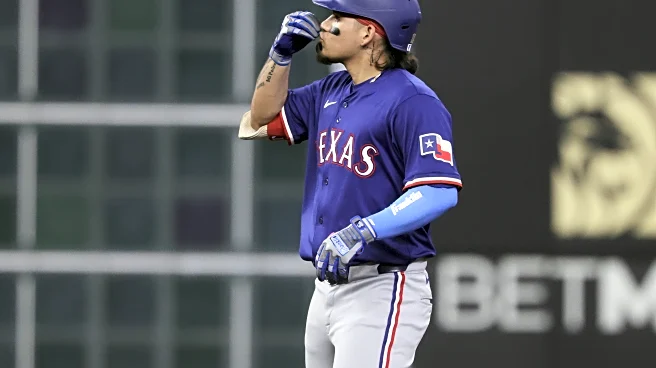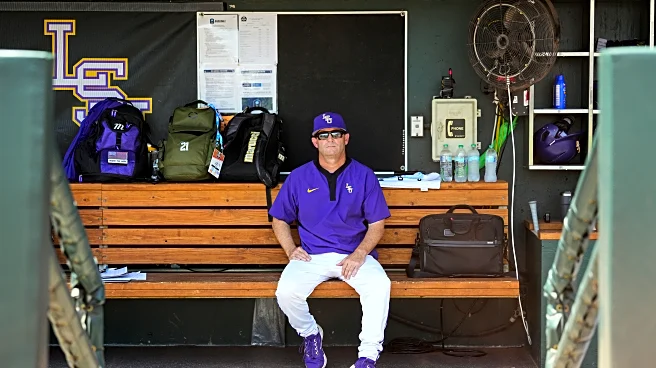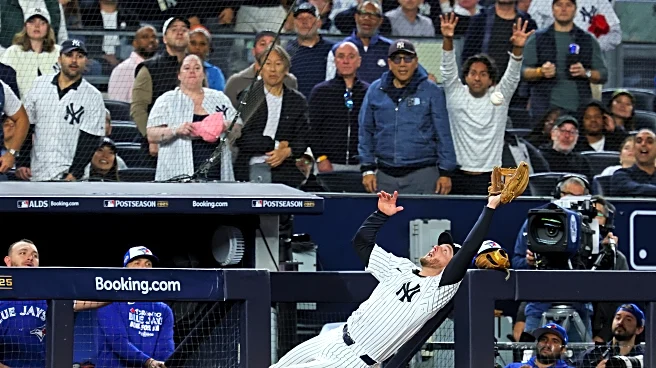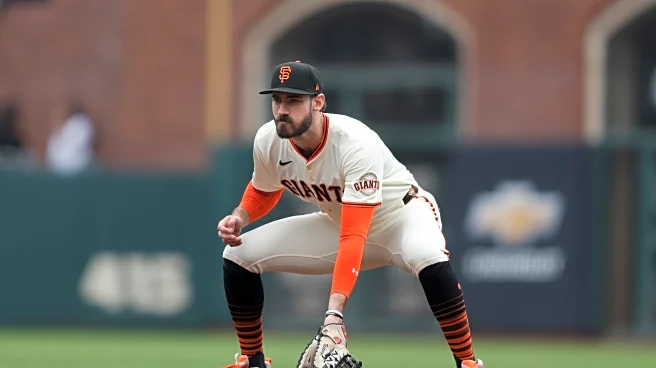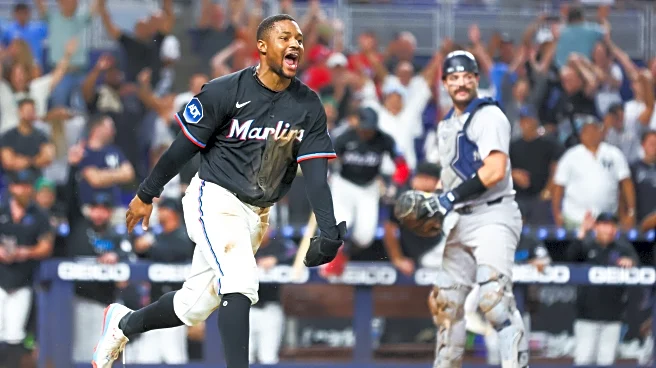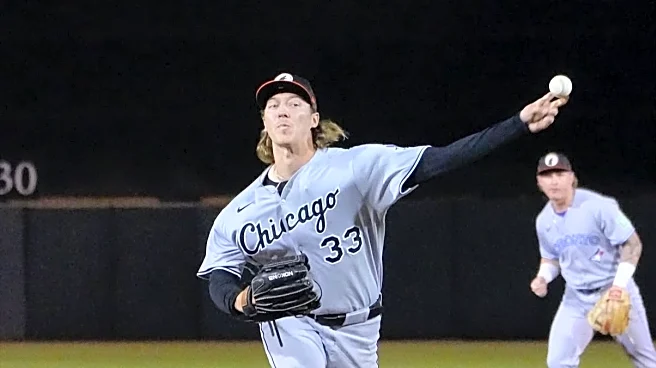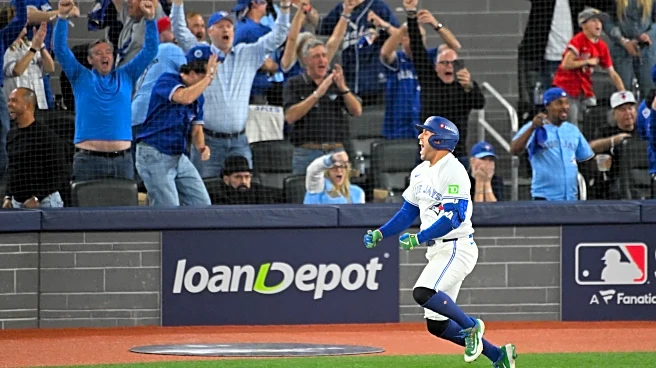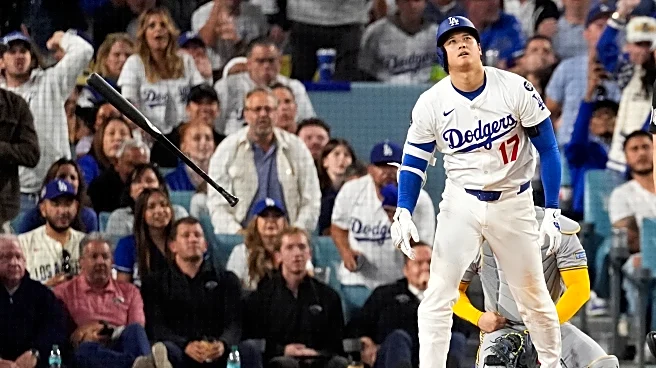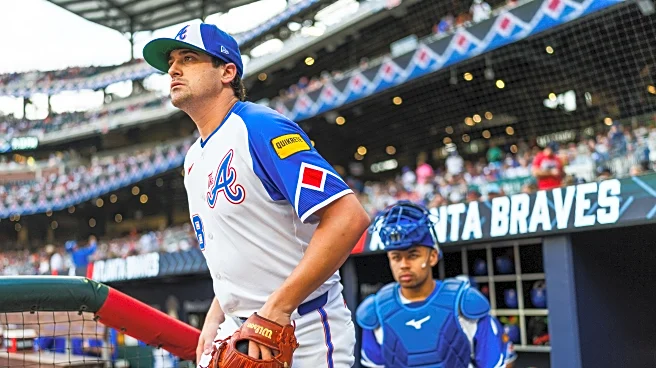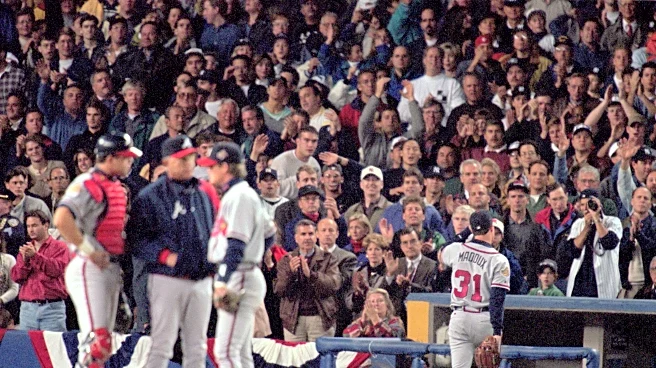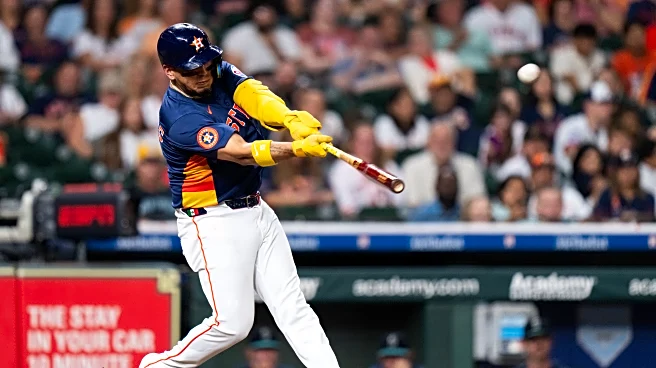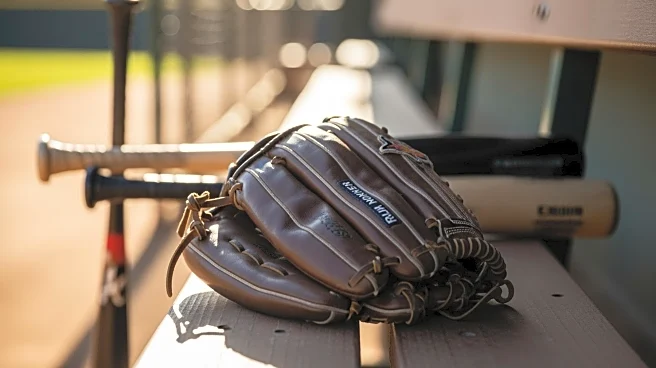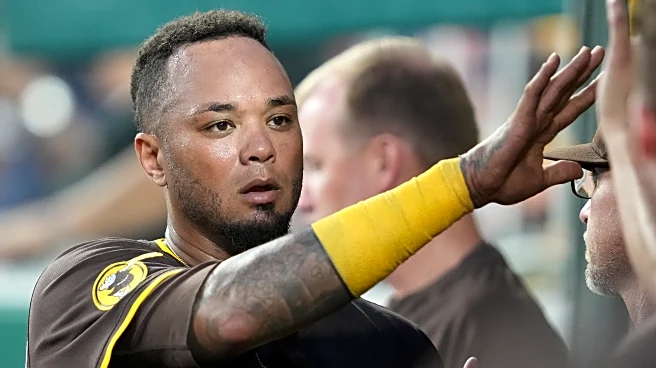With the 2025 Texas Rangers season having come to an end, we shall be, over the course of the offseason, taking a look at every player who appeared in a major league game for the Texas Rangers in 2025.
Today we are looking at outfielder Alejandro Osuna.
Pop quiz — what Ranger hitter in 2025 had the best BB/K ratio?
Think about it for a moment.
The answer is…Billy McKinney. But he only had 21 plate appearances so he doesn’t count.
The best BB/K ratio for any Ranger hitter who had more than a week’s worth
of playing time?
That was Corey Seager. And yeah, I guess we should have expected that.
Third, however, was Alejandro Osuna!
Osuna drew 21 walks in 176 plate appearances for the Rangers in 2025 while striking out 34 times. With a walk rate of 11.9%, he was third on the team among those with more than a nominal amount of playing time, trailing Corey Seager (13.0%) and Wyatt Langford (12.9%), and just ahead of Joc Pederson (11.1%). Only five Rangers hitters with more than nominal playing had a better strikeout rate than Osuna.
For a 22 year old who hadn’t played above AA prior to 2025, and who was pressed into duty in the big leagues due to struggles by, and injuries to, more accomplished veterans, that sort of disciplined approach at the major league level is encouraging. It is also consistent with what he has shown for much (if not all) of his minor league career.
Osuna got the attention of the major league staff in spring training, garnering ample playing time as a non-roster invitee and turning heads with both his energy and performance. He was sent back to AA Frisco to start the 2025 season — a mild surprise, given that he had slashed .306/.379/.523 in 57 games there in 2024 after his mid-season promotion from high-A, and had excelled in the Arizona Fall League as well — but was moved up to Round Rock in early May, spending less than two weeks there before being tapped to make his major league debut.
Osuna was summoned to the bigs due to Joc Pederson’s fractured hand. The Rangers designated Kevin Pillar — he of the grousing about the clubhouse environment later in the summer — for assignment to add Osuna, so he replaced two of the more unsuccessful offseason additions the Rangers made in one call-up, which is kind of impressive.
Osuna picked up three hits in his first three games in the majors and then kind of stopped hitting for a while. He went 8 for his next 59 in his next 26 games before being sent down right after the All Star Break. Notably, though, he did draw 10 walks in 72 plate appearances while striking out just 16 times in that stretch.
Osuna returned at the start of August, played in five straight games — including three starts — and went 1 for 9 with a walk and two Ks before being sent back down. He returned to the big leagues for the final time in mid-August and went 0 for 10 before singling to lead off an eight run seventh inning in that game where the Rangers beat the Angels 20-3.
Maybe that was a breakthrough of a sort. Osuna slashed .297/.357/.391 in 70 plate appearances after that game.
The raw slash line for Osuna’s rookie season is unimpressive, at .212/.313/.278. He excelled at drawing walks and was above-average at avoiding Ks, but when the ball was in play the outcome wasn’t good. I figured he was just up there being a slappy, hitting a bunch of weak ground balls when he swung.
That’s not exactly the case, though. His hard-hit rate was comfortably below average, as one would expect. That said, his ground ball rate of 42.9% was slightly lower than the overall major league rate of 44.2%. His line drive rate, per Statcast, was 30.3% — almost 20% higher than the league average of 24.7%.
A much higher than average line drive rate is usually going to result in a higher than average batting average on balls in place (“BABIP”). MLB had a BABIP of .291 in 2025. Osuna’s BABIP was just .256 — much lower than one would, at first glance, expect.
Poking around, we see that Osuna had a .629 batting average on line drives, compared to a .675 expected batting average. He also had a .580 wOBA on line drives versus a .648 xwOBA, one of the bigger negative spreads in the majors last year. That’s interesting, but isn’t as big of a difference as one would have expected to see.
So let’s poke around some more. Let’s look at fly balls and…oh. Oh, yeah. That helps explain it.
Alejandro Osuna had a .174 batting average, and .243 wOBA, on fly balls in 2025. He had a .281 xBA and a .436 xwOBA on fly balls. That’s pretty dramatic. There were 436 batters with at least 20 fly balls in the majors in 2025. Only 14 of them had a bigger negative spread between wOBA and xwOBA than Osuna.
Which, honestly, tracks with my anecdotal memory. It certainly seemed like there were a number of balls that Osuna hit really well last year that got tracked down. I seem to remember the broadcast booth talking about it, as well.
So when I go look at Statcast and see that Osuna has a .342 xwOBA, compared to a .270 wOBA, in 2025, a .275 xBA and a .398 xSLG, that all makes sense. In contrast to some guys with limited playing time whose results greatly exceeded their x-Stats (* cough * Michael Helman * cough *), Osuna’s actual quality of at bats and contact was much better than what is reflected in his raw slash line.
Now, does that mean that Osuna should be penciled in to replace Adolis Garcia in right field for 2026? No, it does not.
First, Osuna was playing almost exclusively against righthanders in the big leagues in 2025 — he had just 13 plate appearances against lefties. Secondly, it is a small major league sample size of plate appearances we are dealing with, with a player with a limited track record at the upper levels. Third, at a (listed) 5’9”, Osuna isn’t going to generate the type of power you’d like to see from a corner outfielder — he had just two homers in 236 minor league plate appearances last year, to go with his two major league homers, and his 18 homers in 2024 is the only season where he’s had double-digit homers as a pro.
Osuna had an encouraging 2025 season — more encouraging than one would think, just looking at his numbers. He is still young, having just turned 23 earlier this month. He’s fast (80% sprint speed, per Statcast) and a quality defender in the corner spots, if potentially stretched in center field. He profiles as someone who could potentially provide good on base skills and doubles power as the big side of an outfield platoon.
Osuna will no doubt get an opportunity to make the Rangers’ team in 2026 and to earn playing time. He’s made significant progress the last couple of years, and if he continues to make as much progress going forward he will be a nice contributor for the Rangers in the near future.
Previously:
